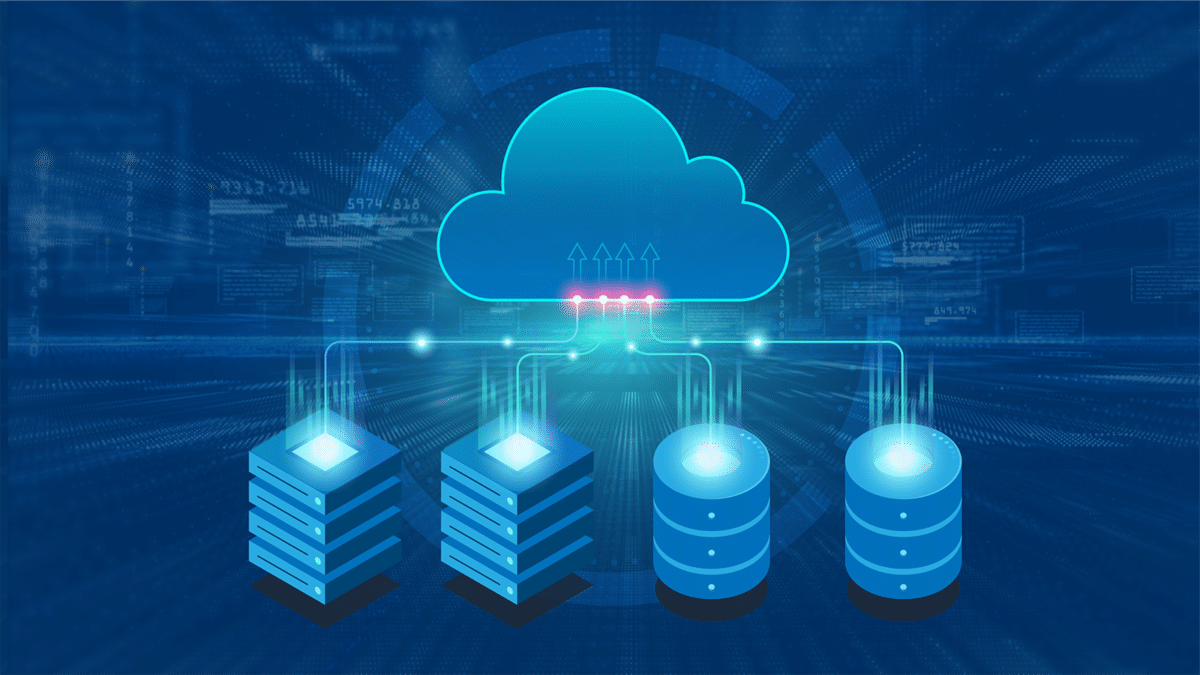
Everything you need to know about Cloud Migration
In today’s network market with all the technological leaps and everchanging trends, businesses, manufacturers and vendors are constantly focusing on reducing capital expenditures and operating costs, all while also benefiting from the dynamic scaling, high availability, multi-tenancy, and effective resource allocation advantages a cloud-based computing environment offers, that’s where migrating to the cloud comes in.
What exactly is Cloud Migration?
To put it in a formal definition, Cloud Migration is the process of transitioning some of the company’s data (or all of it) to a cloud server, along with all its services and applications. An internet connection is needed to access all those data on an on-demand basis.
There are several types of Cloud Migration processes as well. Typically, a business may use the public cloud to transfer its data and applications from a local on-premises data center. Sometimes migrating data and applications from one cloud platform or provider to another, and sometimes – in some rare cases – reversing the migration process in what’s known as “Unclouding” where data or applications are moved off of the cloud and back to a local data center.
Why should you consider Migrating into the cloud?
As we said, the general goal or benefit of any cloud migration is to host applications and data in the most effective IT environment possible and modernizing mission-critical applications, deciding whether to move up into the cloud or not revolves around several questions about the following:
Any data is sensitive to a certain degree (even your XBOX Live account credentials), but what really highlights that sensitivity are the lengths you’re willing to go to in order to protect it or the standards to which you need to comply to operate in that industry.
General effectiveness
Cloud computing provides companies with self-service provisioning, redundancy, and flexibility, along with the ability of an IT infrastructure to quickly expand or cut back its capacities.
Cost-effectiveness
Businesses are always trying to get the most out of their investments, and Cloud Migration is no different. Maintaining a solid infrastructure on-premises can be costly, and Cloud Migration offers businesses the benefit of world-class infrastructure, all while saving money. It also allows cost control via some pay per use models.
Simplicity
Data warehouses are usually maintained by teams of experts due to its somewhat complex nature. Cloud service providers handle all the complexities for you so your technical team can focus on more internal, critical jobs.
Security
When a business moves to the cloud, a team of security experts is provided by the service provider. besides that, Cloud Migration enables a more diverse and secure environment for data and applications, as Cloud data warehouses are responsible for ensuring the creation and modification of the business’s existing security policies, along with providing services that meet common compliance requirements, including certifications like SOC 2, ISO27001, HIPAA, and PCI.
Scalability
We saved the best for last. Scalability is one of the major reasons businesses migrate to the cloud as to whether a company is scaling up quickly or slowly, a cloud data warehouse can accommodate the need regardless of size.

Remember to choose the Best Type of Cloud Infrastructure for Your Needs and Goals
How it’s done?
The Cloud Migration process varies from a situation to another. Above we mentioned some types of migrations (Normal, Cloud to Cloud, and Uncloud), but there are common elements of a cloud migration that are shared across all types of migration.
Many factors have to be put into consideration when migrating tot he cloud, and to speed things up for you, we’ll provide you with a quick checklist of some of the major migration considerations to take in mind when planning your Migration process whether you’re doing it yourself or with the help of experts:
- Start picking your cloud service providers. Unlike a few years ago, there are a lot of big players in the cloud market nowadays (AWS, Microsoft Azure, IBM Cloud, Google Cloud, and more…). Most of these providers provide basically similar service at its core, but you have to ask yourself a few questions beforehand such as the cost of service, security, maintenance, backup, and support.
- Before you begin your migration process, establish a migration architect role to lead the effort either internally or with your consultant. This will ease the planning process and guarantee a successful migration. If you fail to plan properly, you’re planning to fail.
- Choose what type and level of cloud integration your business need. Think about whether you need a single or a multi-cloud service. As for the levels, there are two main levels of integrations, the first is called shallow integration where you move your data and applications to the cloud with minimal or no modifications to the servers, while the second respectively named deep integration where you heavily modify your applications to take full advantage of the cloud capabilities.
- Set your key performance indicators by putting in some measurements to determine how the Cloud Migration is performing against your expectations. Set KPIs for performance issues like lag and load time, KPIs for infrastructure in the form of CPU and memory usage, user experience…etc.
- Component prioritization. Sometimes, you won’t need to migrate entire sets of data or applications at once, identify the connections between your services and applications and prioritize them before migrating component by component or service by service.
- Consider service or application refactoring by completing work on your apps and services before migrating to ensure they work as effectively and efficiently on the cloud as possible.
The tools of the trade
Migration tools are numerous, but there are three main types of them, the open-source solutions that are at a very low cost and can be customized at just about every level, but they often require a certain level of expertise in order to the get most out of them.
If you have environments where large amounts of data are moved or processed at regularly scheduled times, you might need the second type of tools called Batch processing tools.
The third and final type of tools is the professional, more expensive, Cloud-based migration tools that tie data and the cloud with connectors and toolsets designed for that specific task seamlessly and effectively.

Cloud Migration challenges
Adopt cloud computing processes is not an easy initiative for businesses to take even with its countless benefits as it comes with some challenges as well.
Expertise pops up as one of the leading challenges for a seamless, successful migration as companies suffer Skill shortage. That’s where they get the help of specialized experts for an effective migration experience, leading us to the second challenge which is high financial costs.
In the long run, cloud migration can save money through lower admin costs, increased processes efficiency, but getting there can still be quite expensive in most cases.
Sometimes also a migration can be halted by an “if it isn’t broke, don’t fix it” mindset. People cling to the already functioning environment and adopting newer technologies might prove challenging as people tend to resist change.
Your ideal Migration partners?
A successful migration most often depends on the expertise doing the job, and SIGMA IT stands apart as the best choice for your business Cloud migration with its experienced and certified teams and flawless execution.
We support any number of inputs and work at an unparalleled speed, we can also update your data continuously with a guarantee of complete security from our security experts.
